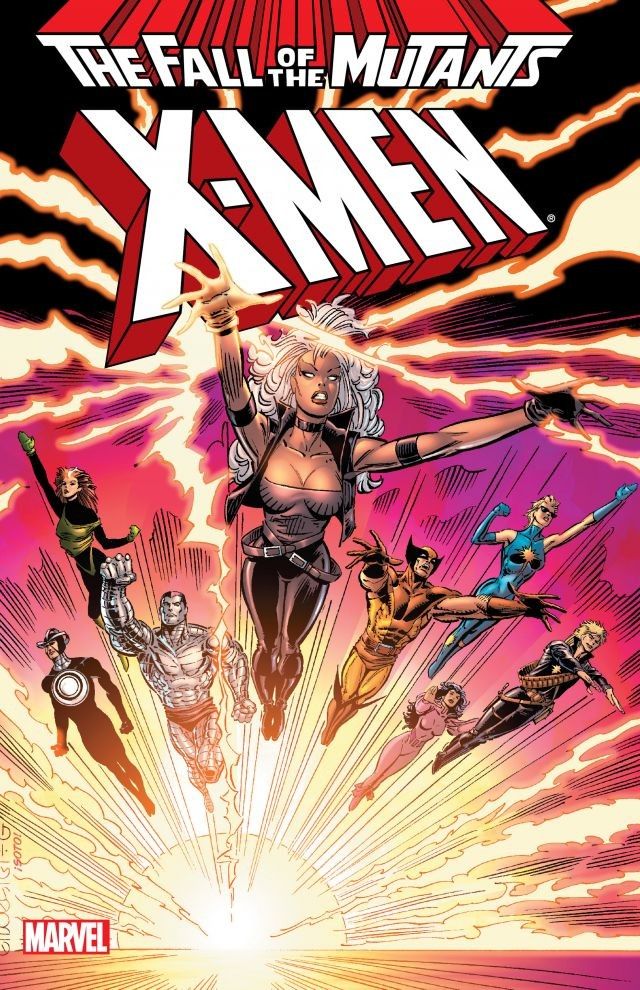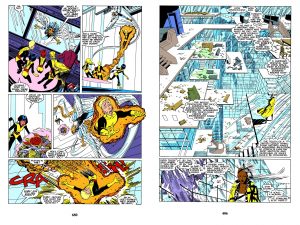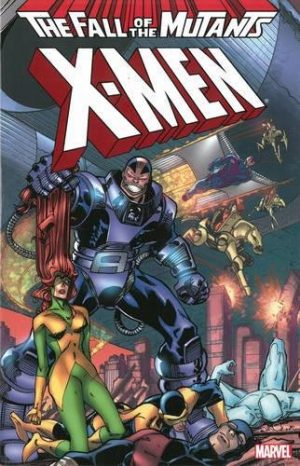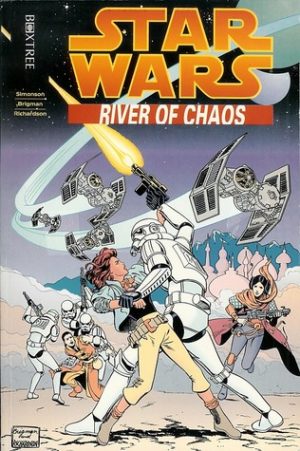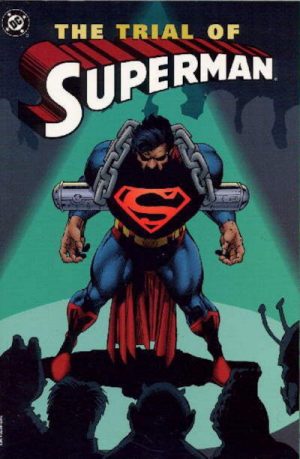Review by Ian Keogh
In 2002 Marvel issued the late 1980s thematically linked The Fall of the Mutants story in a compact nine chapter edition, featuring core three chapters of transformational moments in the history of the X-Men, X-Factor and New Mutants. Ten years later, an Omnibus edition followed, adding well over a dozen chapters among all three titles, and including tie-ins involving other Marvel heroes. This has now been split into two still bulky paperbacks, the first following the X-Men and the New Mutants, with an interlude featuring the Hulk.
There’s possibly not been a time when the X-Men’s continuity hasn’t been tortured and convoluted, but in the late 1980s Chris Claremont was in his pomp. More than anyone else, Claremont blending soap opera with superheroics transformed the X-Men from a struggling title published every two months in the mid-1970s into the commercial juggernaut it had become by the mid-1980s. However, his methods haven’t dated well, and characters constantly assessing their every emotion and motivation in thought balloons rapidly becomes very wearing. The sample page of Storm, then bereft of powers, is typical of the content. The X-Men fight the Marauders, the X-Men fight Freedom Force and the X-Men fight each other, frequently, with Claremont spreading the focus around to cover the villains of the piece as well. Central to the plot is Storm’s quest to regain her powers, having to confront Forge, the man who removed them, and was once her lover. In 1987 Marc Silvestri was the latest in a long line of hotshot artists to draw the series, and he’s a mixed blessing. Look at any individual panel and the drawing’s nice enough, yet too many pages as whole just don’t look interesting, and over the course of eight issues reprinted the way he draws women becomes more and more stylised. The Fall of the Mutants was intended to bring change, and bring change it does, but the method of achieving this over the final pages of the X-Men story, ensuring they conform to a prophecy, is cheap manipulation.
Peter David and Todd McFarlane pit the Hulk against Wolverine in the middle of the X-Men continuity. It still reads well due to smaller amounts of exposition and the more contemporary method of shifting thoughts to narrative captions. Of course, when the primary purpose is two maniacs having at each other, not a lot of thought is required. McFarlane is starting to develop his extraordinary signature style, but hasn’t moved too far into distortion.
The New Mutants are still trainee X-Men, and because they’re younger, they’re less locked in, and Louise Simonson’s better for downgrading the angst infecting the adult mutant sections, at least until the final chapter. Contrarily, in Wolfsbane and her repressed upbringing and insecurities Simonson has a good character to contrast the more confident team members, and in Bird Brain she introduces a wild card leading to a surreal tale. Balanced against that is the whimsy button pushed down a little too far, and a caring and considerate Magneto doesn’t work at all.
Bret Blevins (sample art left) is quite the revelation, designing the pages well to allow for space, and very expressive with character designs and expressions, but his proportions are sometimes wonky and he sometimes lapses with the oddest faces. June Brigman draws just the one chapter, but it’s beautifully composed and attractive.
It’s often the case that anything loved in childhood remains embedded as classic, but try reading a few pages before plonking down your $35. The story continues in volume two.
